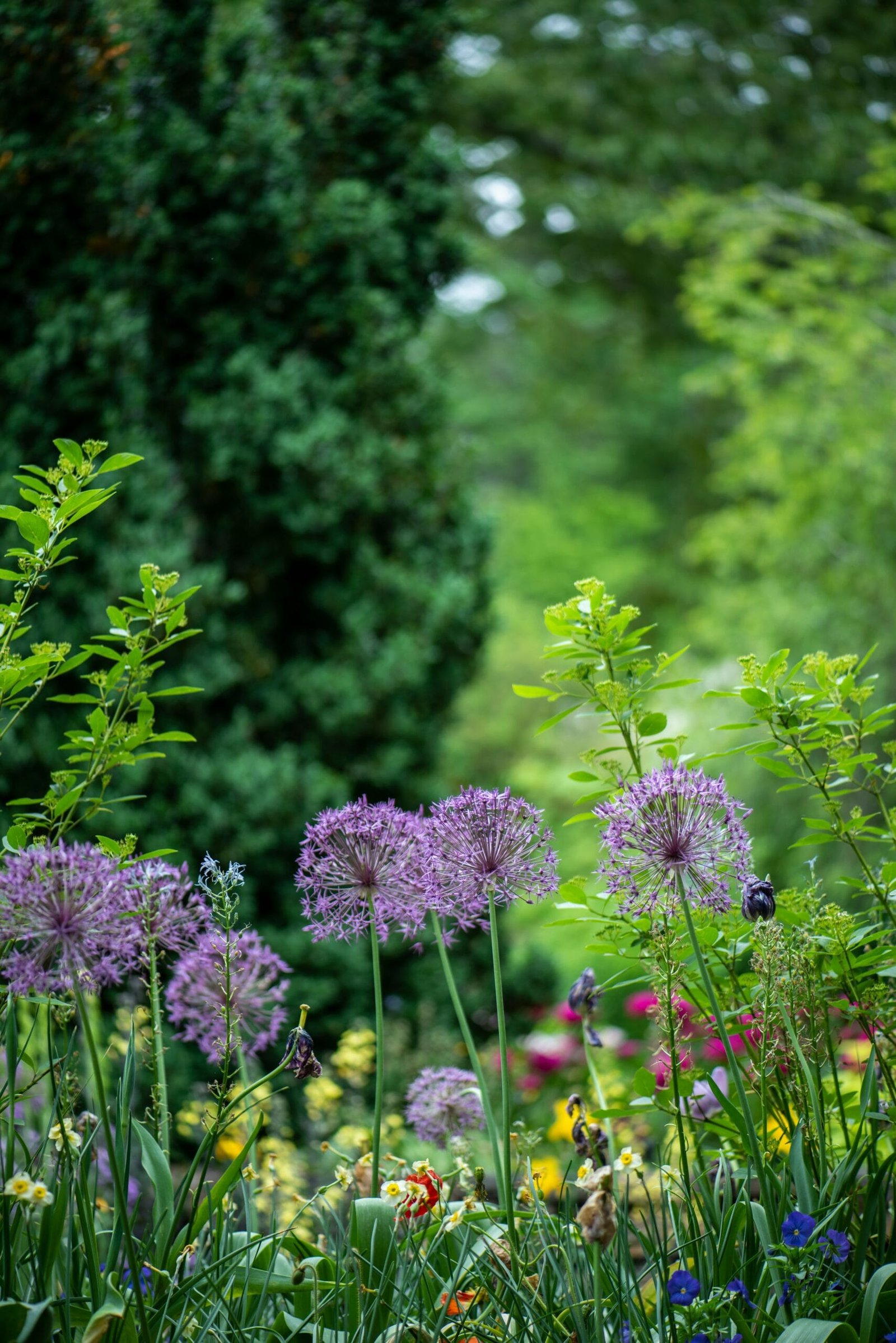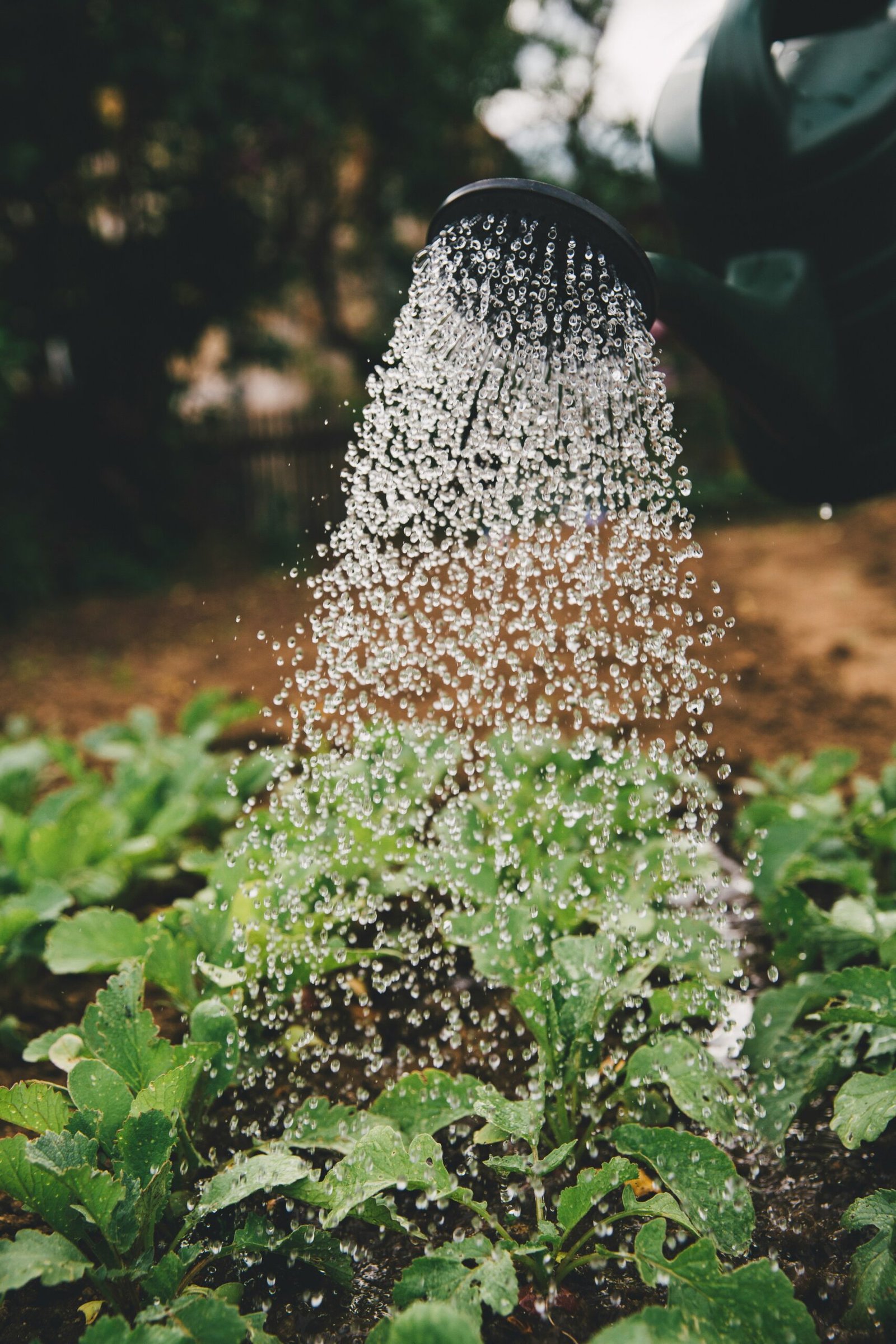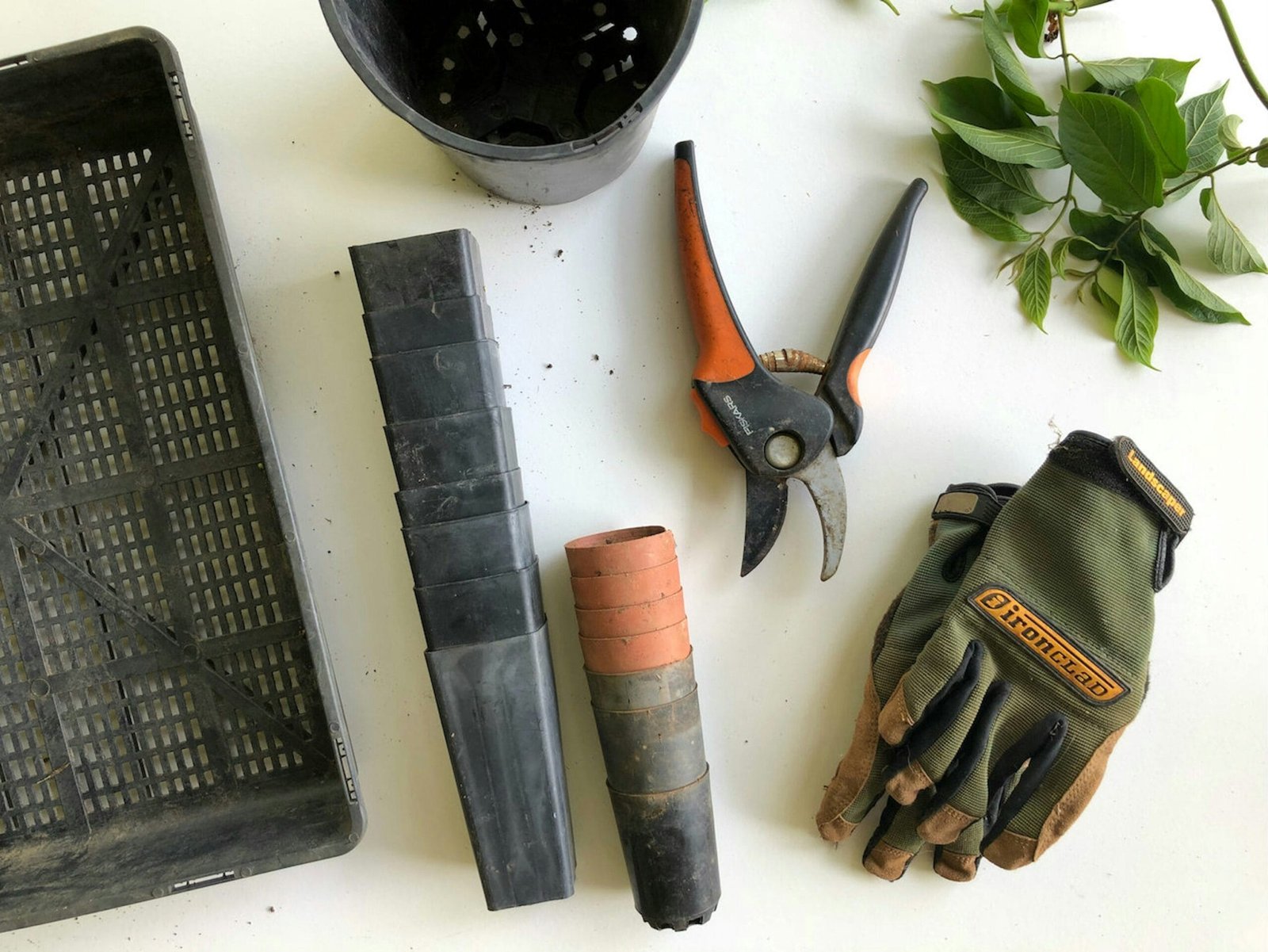Discover the significance of January in gardening, a time for reflection, planning, and preparation for the spring. This blog post covers how to set garden goals, plan layouts, select seeds, and implement pest control strategies, while emphasizing the benefits of community gardening and self-care through gardening. Embrace this tranquil season to transform your garden aspirations into reality, ensuring a flourishing garden that nurtures both plants and personal growth. Join fellow gardeners in creating vibrant spaces that promote sustainability and enhance well-being.
Why January Matters in Gardening
January is often perceived as a quiet and dormant period in the gardening calendar. However, this month serves as a crucial time for reflection, planning, and preparation for the bustling spring months ahead. As the cold winds blow and snow may blanket the ground, gardeners are encouraged to embrace this tranquil season. It presents a valuable opportunity to evaluate past gardening efforts, pinpointing successes and challenges, which lays the groundwork for future endeavors.

During these quieter days of winter, there is an intrinsic motivation to turn dreams into actionable plans. Many gardeners find themselves poring over seed catalogs, sketching out garden layouts, and researching new plant varieties. This process helps to ignite inspiration, which can often feel overshadowed by the dreariness that winter brings. The contrast between the cold outside and the warmth of future growth can be invigorating, nurturing our gardening aspirations and encouraging us to cultivate not just our plants, but also our skills and knowledge.
Please, read our post and do not forget to check our YouTube channel “Grig Stamate”:
https://www.youtube.com/@GrigStamate
You will find there, thousands of designing, furnishing, and decorating ideas for your home interior and outdoors.
Allow me to mention one of them:
Small Patios and Gardens | OUTDOOR DECOR & LANDSCAPING IDEAS #9 (video)
Moreover, January presents the perfect chance to refine gardening techniques. Exploring methods such as crop rotation, intercropping, and organic pest control can significantly enhance one’s gardening prowess. Participating in online forums or local gardening clubs can also foster a sense of community and shared learning. By engaging with fellow gardeners, individuals can gain insights into best practices and innovative approaches, transforming the winter months into a productive period of growth.
In wrapping up, January indeed provides that crucial pause, acting as a foundation for the vibrant gardening months that lie ahead. It eliminates the rush, allowing for careful consideration and strategic planning to cultivate a flourishing garden come spring. Thus, it becomes evident that this month is of immense importance, both for plants and the personal growth of gardeners.
Setting Your Garden Goals
Embarking on a new gardening season requires thoughtful consideration of the objectives that will guide your efforts throughout the year. To cultivate a flourishing garden, it is essential to set specific and measurable goals that align with your aspirations and capabilities. Begin by reflecting on the previous growing season: What successes did you enjoy, and what challenges did you face? This analysis can serve as a starting point for establishing actionable garden goals.
Consider incorporating a variety of new plants into your garden. This not only diversifies your landscape but can also enhance your experience as you discover which species thrive in your specific environment. Make it a goal to research at least three new plant varieties that intrigue you—consider factors such as climate adaptability, bloom times, and care requirements. Additionally, aim to experiment with different planting techniques or companion planting strategies to promote healthy growth.
Pest management is another critical area where setting clear goals can yield significant benefits. Consider what pests caused trouble in your garden last year. Set a measurable goal for this season, such as implementing organic pest control methods, establishing companion plants that deter harmful insects, or conducting weekly inspections to catch infestations early. Track your success and challenges to refine your strategies over time.
Seasonal rotations should also be a key aspect of your gardening goals. Plan out which crops you intend to grow in each bed throughout the year to ensure soil health and prevent pest buildup. Set a goal to map out this rotation and adhere to a planting schedule, keeping in mind the growth cycles of each selected vegetable or flower.
In every goal, strive for realism; break larger objectives into manageable tasks that can be accomplished over time. With thoughtful planning and clear goals, your garden can thrive and evolve, providing you with rewards that extend beyond the harvest.
Plan Your Garden Layout
As you embark on your gardening journey this January, it is essential to visualize your garden layout with a renewed perspective. A well-thought-out garden plan not only enhances the aesthetic appeal but also contributes to a thriving ecosystem. One effective technique to consider is companion planting, which is the practice of placing certain plants in proximity for mutual benefits. This method can lead to improved growth, pest control, and enhanced flavor in your produce.
When planning your garden layout, consider the concept of effective spacing. Each plant has specific requirements regarding distance, which can impact air circulation, sun exposure, and nutrient competition. Depending on the species, some plants thrive when spaced closely together, while others require a more generous distance to flourish. Research the spacing recommendations specific to each plant type you intend to cultivate, as this knowledge will help you maximize the use of your garden space.
Sun exposure is another crucial factor in your garden layout. Understanding how sunlight travels through your garden can significantly affect the growth of your plants. Take note of any obstructions, such as trees or structures, that might cast shadows during peak sunlight hours. Positioning taller plants on the northern side of your garden will allow shorter plants to bask in sunlight without obstruction, thus creating an environment conducive to growth.
To solidify your vision, consider sketching out your garden layout on paper or using garden design software. This digital approach can provide a more nuanced view of plant arrangements, helping you visualize companion planting combinations and spacing strategies effectively. Remember that a little planning can ultimately lead to a garden that not only pleases the eye but also nourishes the soul. Trust your creative instincts as you conceptualize a beautiful and vibrant garden ready for the year ahead.
Seed and Plant Selection: What to Grow This Year
The beginning of January presents an abundant opportunity for gardeners to reflect on their aspirations and set the tone for a fruitful gardening year. One of the most enjoyable aspects of gardening is the selection of seeds and plants, a process that allows for personal expression and creativity. During this month, considering what to grow can be an exciting journey, as various popular choices emerge that cater to both taste and preference. Herbs, winter vegetables, and perennials are among the best options to deliberate upon at this time.
Herbs like basil, parsley, and chives rank highly for January planting, as they offer versatility in the kitchen. Growing your own herbs not only enhances the flavor of dishes but also provides satisfaction from nurturing plants that contribute directly to your culinary experiences. Meanwhile, winter vegetables such as kale, spinach, and leeks flourish in cooler temperatures. These options are practical for those eager to harvest nutritious greens that thrive during the winter months.
Furthermore, perennials can add a sense of permanence to your garden. Plants such as lavender, echinacea, and daylilies are excellent for seasonal interest and provide blooms year after year. When selecting your seeds, it is essential to source high-quality options; consider reputable local nurseries or specialized online retailers for the best varieties. Additionally, this season is an ideal time to experiment with new seed varieties that you may have never tried before, offering excitement and novelty to your garden plan.
As you embark on this seed selection journey, don’t hesitate to share your enthusiastic choices and aspirations. Whether it’s a penchant for vibrant flowers, culinary delights from your garden, or hardy vegetables, discussing what you’re eager to plant can inspire others and foster a sense of community among fellow gardeners. Embrace this inviting season of growth and allow your garden to reflect your personal tastes and goals.
Garden Maintenance for the New Year
As we step into the new year, garden maintenance takes center stage, paving the way for a flourishing and bountiful garden. One of the most crucial aspects of preparing for the growing season is ensuring that your soil is in optimal condition. Soil preparation involves testing its pH and nutrient levels, which ultimately determine the health of your plants. Rich, well-aerated soil creates an ideal environment for roots to establish, leading to robust growth and vibrant blooms.
Composting is another essential element of garden maintenance. By recycling kitchen scraps and yard waste, you can create nutrient-rich compost that provides your plants with the sustenance they need. Not only does compost boost soil fertility, but it also improves soil structure and moisture retention. Think of compost as the ultimate garden energy drink—your plants will thank you for the extra boost! Remember, a thriving garden is a product of patience and persistence, and that first step begins with compost.
Cleaning your gardening tools should not be overlooked during this maintenance phase. After a long growing season, tools can become clogged with dirt, sap, and rust. A good scrub can help extend their lifespan and improve their efficiency. As the old saying goes, “A clean tool is a happy tool.” Avoiding rusty tools is a must; after all, we don’t want to introduce any unexpected iron flavors to our vegetables! This simple maintenance task not only enhances your gardening experience but also prevents the spread of disease among plants.
In summary, investing time in garden maintenance tasks like soil preparation, composting, and tool cleaning will undoubtedly pay off later in the season. A little elbow grease now can save headaches later!
Planning for Pest Control and Plant Health
As the gardening season approaches, one of the primary considerations for any gardener is the health of their plants, especially in terms of pest control. Proactive measures can significantly enhance plant vitality while minimizing pest-related challenges. Addressing pest issues from the beginning reduces the frustration that often accompanies gardening, allowing for a more enjoyable experience. Early planning provides an opportunity to create a strong foundation for a successful growing season.
Natural pest deterrents can be incredibly effective, and incorporating them into your gardening strategy is a worthwhile endeavor. Companion planting, for instance, involves growing specific plants together to deter pests naturally. Marigolds, for example, are notorious for repelling nematodes and aphids, making them an excellent choice to plant alongside more susceptible vegetables. Similarly, herbs like basil and mint can deter insects while offering culinary benefits.
Alongside companion planting, maintaining plant health through good cultural practices is crucial. Regularly checking your plants for signs of stress, such as discoloration or wilting, allows you to address potential issues before they escalate. Applying organic mulch can help retain soil moisture, which supports overall plant health, making plants less susceptible to pest infestations.
To further empower yourself against pests, consider using barriers such as row covers or insect nets that provide physical protection without the need for chemical interventions. Moreover, introducing beneficial insects such as ladybugs can provide natural pest control while promoting a balanced garden ecosystem.
In summary, by planning for pest control and focusing on plant health from the outset, gardeners can minimize frustrations associated with pest management. By employing natural strategies and cultivating a health-focused garden environment, you can create a thriving space that flourishes throughout the growing season.
Incorporating Garden Design Trends
As we step into the new year, incorporating contemporary garden design trends can rejuvenate our outdoor spaces and enhance their overall functionality. One of the most notable trends gaining traction is the concept of vertical gardens. This innovative approach allows gardeners to maximize limited space by creating lush, vertical landscapes using wall-mounted planters or trellis systems. Vertical gardens not only add aesthetics but also promote sustainability by improving air quality and providing insulation for buildings. Additionally, this type of gardening can support a range of plant species, including herbs, flowers, and succulents, fostering biodiversity.
Moreover, sustainable gardening practices are increasingly popular among conscientious gardeners. Techniques such as permaculture, organic gardening, and native plant gardening are reshaping how we approach our garden spaces. These practices prioritize the health of the ecosystem by minimizing chemical usage, conserving water, and encouraging local wildlife, which can significantly impact both the environment and the gardener’s overall experience. Implementing sustainable practices also leads to tangible benefits, such as healthier soil, reduced maintenance, and a vibrant garden that reflects a commitment to environmental stewardship.
When exploring current garden design trends, it is essential to find a balance between aesthetics and functionality. A visually appealing garden should not compromise its practicality; rather, it should enhance the gardening experience. Therefore, gardeners are encouraged to embrace their creative freedom, allowing personal expression to shape their garden designs. Much like art, gardening is a medium for creativity, enabling individuals to experiment with different plant arrangements, colors, and textures. By embracing current trends while remaining true to their unique style, gardeners can create spaces that are not only functional but also a joyful representation of their personality.
Community Gardens and Finding Your Tribe
Community gardens represent a valuable opportunity for individuals to come together, share knowledge, and cultivate both plants and friendships. These spaces are more than just patches of earth; they serve as vibrant hubs where novice and experienced gardeners alike can collaborate, learn from one another, and foster a sense of belonging. Joining or starting a community garden can be a transformative experience, particularly for those who may feel disconnected from their surroundings. In an age of rapid urbanization, these gardens provide a natural refuge, a place where individuals can reconnect with nature and, in the process, with one another.
The benefits of participating in a community garden extend beyond the physical act of gardening. Engaging with fellow gardeners encourages the exchange of ideas, techniques, and best practices. How many times have you found inspiration in the advice of a neighbor or discovered a new method through shared experience? These informal educational opportunities can enhance your gardening skills and deepen your connection to the community. Moreover, the friendships forged in these green spaces often lead to collaborative efforts, from seasonal planting parties to social gatherings that celebrate the harvest.
Additionally, community gardens can act as a catalyst for local initiatives, fostering a spirit of cooperation and support. They often serve as platforms for environmental education, promoting sustainable practices and raising awareness about food systems. New gardeners can benefit significantly from the insights of seasoned cultivators, while the latter can gain fresh perspectives from diverse backgrounds and experiences. The joy of nurturing plants together cultivates a profound sense of teamwork, resulting in a stronger, connected community. Ultimately, in the rich soil of a community garden, relationships bloom just as surely as the flowers and vegetables we nurture side by side.
Self-Care and Mindfulness in Gardening
Gardening serves as a therapeutic practice that not only beautifies our surroundings but also nurtures our minds and spirits. As individuals engage with nature, tending to plants and soil, they often find a unique sanctuary that fosters self-care and mindfulness. The rhythmic process of planting, pruning, and watering can lead to moments of reflection and tranquility, allowing one’s thoughts to settle and clarity to emerge.
Immersing oneself in gardening offers an opportunity to step away from the chaos of daily life. The act of nurturing plants provides a tangible connection to the present moment, a form of mindfulness that is increasingly important in our fast-paced world. With each sowing and sprouting, gardeners can cultivate not only their flowers and vegetables but also their mental well-being. Grounding oneself through the texture of soil and the vibrant colors of blooming flora can evoke a sense of peace and grounding. This simplicity encourages individuals to slow down, offering a peaceful respite from the demands of modern living.
Moreover, the benefits of gardening extend beyond the act itself. Various studies have shown that spending time in green spaces can reduce stress levels, alleviate feelings of anxiety, and promote a general sense of happiness. Whether it is the joy of watching seedlings grow or the satisfaction of harvesting produce, gardening enhances emotional resilience and fosters a positive mindset. As you embark on your gardening journey, take a moment to breathe deeply, reflect on your experiences, and observe how your time spent in the garden nourishes not only your plants but your soul as well.
We encourage you to share your own stories about how gardening has impacted your mental health and overall well-being. Embracing this healing power of the earth can provide a vital lifeline during challenging times.
Other related posts from our website:
https://howtobuildahouseblog.com/coffee-grounds-a-miracle-remedy-for-your-garden/
https://howtobuildahouseblog.com/baking-soda-a-miracle-remedy-for-the-garden/
https://howtobuildahouseblog.com/creating-a-garden-that-bumblebees-bees-and-butterflies-love/
Thank you so much for your attention.
Stay tuned. We will upload many other amazing posts to our website and videos onto our YouTube channel.
Thank you so much.
for your time and attention.
Best Regards
See you to another post,
Bye, Bye


